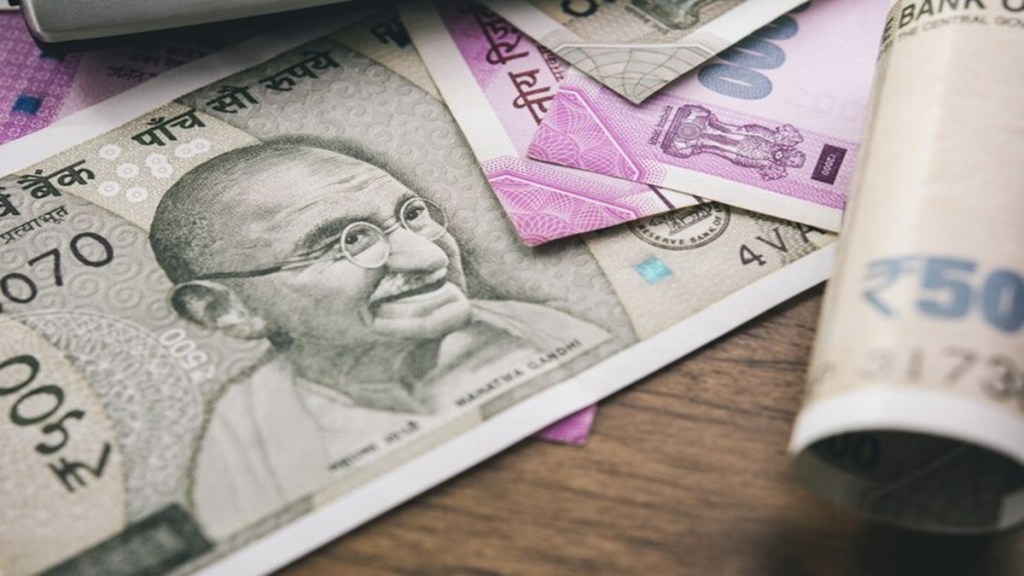It is by now evident that stress in unsecured credit is rising. Even as the growth in personal loan portfolios has slowed, lenders have seen an increase in delinquencies. Five of the top eight private sector banks have reported a rise in bad loans in Q2; at Yes Bank, as much as 35-40% of the fresh retail slippages came from the unsecured portfolio. Larger state-owned lenders too are facing repayment issues. Some of this is due to the increasing competitive intensity, with lenders trying to grow their retail portfolios at a time when the demand for corporate credit remains tepid. Customers have been known to have borrowed simultaneously from three-four lenders — typically non-banking financial companies (NBFCs) — without the lenders being cognizant of this. Others have borrowed excessively on their credit cards with players looking for better returns on this business. The pigeons thus are now coming home to roost. The results of the over-leveraging are showing up on the books of lenders, with an increasing number of lenders unable to make recoveries.
It was about a year ago that the Reserve Bank of India (RBI) red-flagged potential loan losses from unsecured consumer loans and moved to tighten lending norms. In November last year, the central bank asked banks to increase the risk weights to 125% from 100% for all consumer credit including personal loans, excluding home, auto, education, and gold loans. Moreover, the RBI also increased the risk weights for loans to NBFCs — over and above the risk weight derived from the ratings by external agencies — in a clear attempt to slow lending to these shadow lenders. Credit standards were strengthened by placing sub-sectoral limits to such loans, especially unsecured consumer credit. It’s not just consumer credit. Stress has also been building up in the unsecured business loans portfolios. A study by India Ratings has found that that delinquency levels are rising for NBFCs operating through the brick-and-mortar model as well as for fintechs. These are typically loans to micro enterprises in ticket sizes of up to Rs 10 lakh at interest rates that are upwards of 25%; some are guaranteed by government.
Micro-finance too is seeing rising bad loans. IDFC First Bank, for example, has created prudent provisions of Rs 320 crore for its MFI business in Q2. With the benefit of hindsight, it would appear that the easier rules brought in a couple of years back may have been premature. Doing away with caps on pricing and on the number of lenders may not have been such a good idea. Also, lenders seem to have misused the rule that allowed loans to be linked to the level of household incomes; channel checks reveal household incomes have often been inflated to enable banks to lend more. In fact, not only has MFI financing surged, partly driven by priority sector obligations, the ticket sizes too have gone up.
Even while banks may have been over-zealous, it is also true the economy hasn’t been able to lift all sections of the population. In fact growth is clearly losing momentum with urban demand flagging and rural demand yet to revive fully. One should, therefore, brace for more delinquencies. While lenders clearly need to be cautious, interest rates need to come down to bring relief to micro-enterprises and small individual borrowers. At a time when the economy is losing momentum, costly money can hurt badly.


